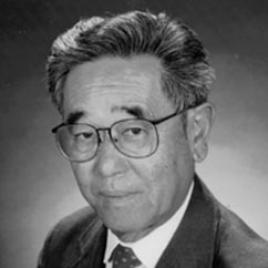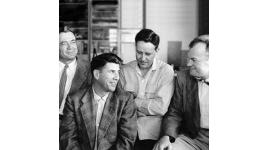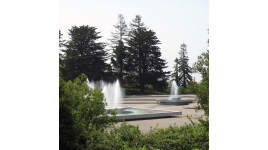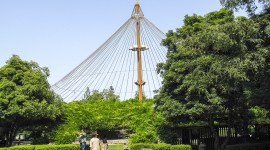Pioneer Information
The son of Japanese immigrants, Hanamoto grew up on his family’s fruit farm near Auburn, California, and in 1942 was interned with them and other American citizens of Japanese ancestry at the Tule Lake War Relocation Center. He went on, however, to serve in the U.S. Armed Forces during World War II, and thereafter returned to Sierra Community College for his A.A. degree in 1946, before earning his B.S. degree in landscape architecture in 1950 at the University of California, Berkeley. In 1956, he became a junior partner in the landscape architecture firm Eckbo, Royston & Williams, and two years later was a full partner in Royston, Hanamoto & Mayes, in San Francisco. The firm eventually became Royston, Hanamoto, Alley & Abey, from which he would retire in 1997.
Throughout his career, Hanamoto helped to re-define the scope of landscape architecture and was an innovator in environmental planning and assessment. His study of the Willamette River Greenway (circa 1975) notably incorporated aerial mapping, and the reports that he produced (1976 – 1977) for the 116-square-mile Golden Gate National Recreation Area continue to be impactful. His many overseas projects include the Taman Kiara National Arboretum and the National Heroes Cemetery, both in Kuala Lumpur. Among many professional honors, Hanamoto was made a Fellow of the American Society of Landscape Architects in 1984, and for his military service he was awarded the Congressional Gold Medal on November 2, 2011. Asa Hanamoto died at his home in Mill Valley, California on April 9, 2015.
















